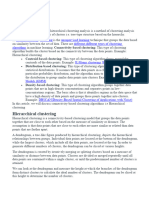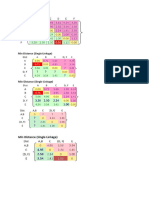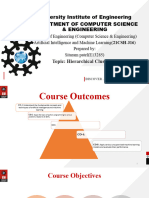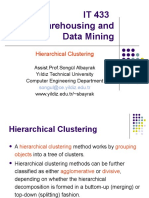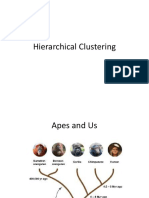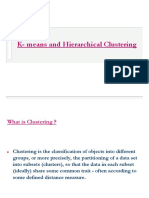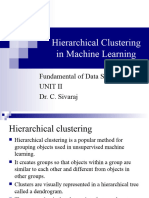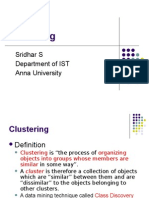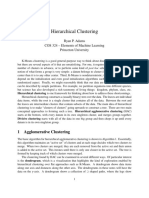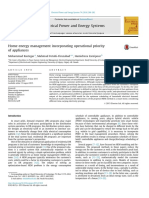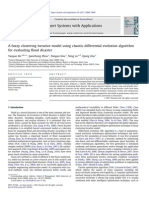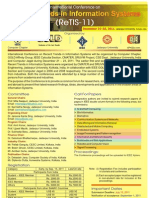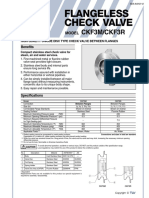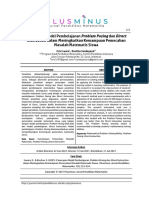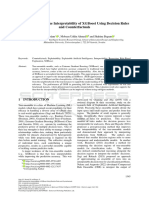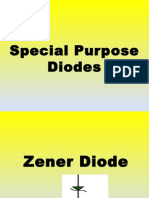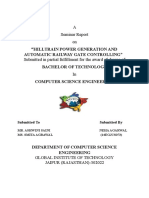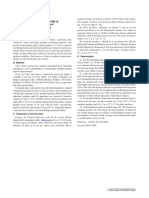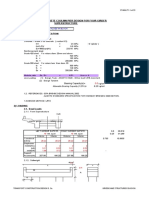CLUSTERING
EE-671 Prof L. Behera, IITK
Presented By: Gagandeep Kaur, 10204069
�What Is Not Covered
Clustering The Concept
Goals of Clustering Possible Applications Requirements Problems How are the Clustering Algorithms Classified
�What Is Clustering
�The Goals of Clustering
To determine the intrinsic grouping in a set of unlabeled data.
�Possible Applications
Marketing: finding groups of customers with similar
behavior given a large database of customer data containing their properties and past buying records; Biology: classification of plants and animals given their features; Libraries: book ordering; Insurance: identifying groups of motor insurance policy holders with a high average claim cost; identifying frauds; City-planning: identifying groups of houses according to their house type, value and geographical location; Earthquake studies: clustering observed earthquake epicenters to identify dangerous zones; WWW: document classification; clustering weblog data to discover groups of similar access patterns.
�Requirements
Scalability; Dealing with different types of attributes; Discovering clusters with arbitrary shape; Minimal requirements for domain knowledge to determine input parameters; Ability to deal with noise and outliers; Insensitivity to order of input records; High dimensionality; Interpretability and usability.
�Problems
current clustering techniques do not address all the
requirements adequately (and concurrently); dealing with large number of dimensions and large number of data items can be problematic because of time complexity; the effectiveness of the method depends on the definition of distance (for distance-based clustering); if an obvious distance measure doesnt exist we must define it, which is not always easy, especially in multidimensional spaces; the result of the clustering algorithm (that in many cases can be arbitrary itself) can be interpreted in different ways.
�Finally! - To Be Covered Is
�Loading
�Four of the most used clustering algorithms:
K-means Fuzzy C-means Hierarchical clustering Mixture of Gaussians
Talk About This one !
�Hierarchical Clustering
Clustering is the assignment of data objects (records) into
groups (called clusters) so that data objects from the same cluster are more similar to each other than objects from different clusters . http://en.wikipedia.org/wiki/Data_clustering The Hierarchical method works by grouping data objects(records) into a tree of clusters.
Uses distance(similarity) matrix as clustering criteria. We
provide a termination condition
Classified Further as
Agglomerative Hierarchical Clustering Divisive Hierarchical Clustering
�Agglomerative Hierarchical Clustering
Data objects are grouped in a bottom-up fashion.
Initially each data object is in its own cluster.
Then merge these atomic clusters into larger and larger clusters, until all of the objects are in a single cluster or until certain termination
conditions are satisfied. Termination condition can be specified by the user, as the desired number of clusters.
�Divisive Hierarchical Clustering
In this data objects are grouped in a top down manner
Initially all objects are in one cluster
Then the cluster is subdivided into smaller and smaller pieces, until each object forms a cluster on its own or until it satisfies certain
termination conditions as the desired number of clusters is obtained.
�AGNES and DIANA
(AGglomerative NESting) (DIvisive ANAlysis) Agglomerative and divisive hierarchical clustering on data objects {a, b, c, d ,e }
Step 0 a b c d e
Step 1
Step 2 Step 3 Step 4
agglomerative (AGNES)
ab
abcde
cde de divisive (DIANA)
Step 4
Step 3
Step 2 Step 1 Step 0
�AGNES-Algorithm
1) Given a set of N objects to be clustered, and an N*N distance (or similarity) matrix, the basic process of hierarchical clustering (defined by S.C. Johnson in 1967) is this: Start by assigning each object to a cluster, so that for N objects, we have N clusters, each containing just one object. Let the distances (similarities) between the clusters the same as the distances (similarities) between the objects they contain. Find the closest (most similar) pair of clusters and merge them into a single cluster, so that now we have one cluster less. Compute distances (similarities) between the new cluster and each of the old clusters. Repeat steps 3 and 4 until all items are clustered into a single cluster of size N.
2)
3)
4) 5)
� Continue
Step 4 can be done in different ways, and this
distinguishes single-linkage, complete linkage and average-linkage clustering For Single Linkage: distance between one cluster and another cluster is equal to the shortest distance from any member of one cluster to any member of the other cluster For Complete Linkage: distance between one cluster and another cluster to be equal to the greatest distance from any member of one cluster to any member of the other cluster.
�Define Inter-Cluster Similarity
Similarity? distance
l l l
MIN MAX Group Average
�Define Inter-Cluster Similarity
distance = shortest distance, nearest
l
l l
neighbor clustering algorithm MIN Linkage MAX Linkage Group Average
�Define Inter-Cluster Similarity
distance = longest distance , farthest
l l l
neighbor clustering algorithm MIN Linkage MAX Linkage Group Average Linkage
�Define Inter-Cluster Similarity
average-link clustering, distance = average distance
l l l
MIN Linkage MAX Linkage Group Average Linkage
�Single Linkage Hierarchical Clustering Example
Initially Every point is its own cluster
�Single Linkage Example
1. Every point is its own cluster 2. Find most similar(distance) pair of
clusters
�Single Linkage Hierarchical Clustering Example
1. Every point is its own cluster 2. Find most similar pair of clusters 3. Merge it into a parent cluster
� CONT
1. Every point is its own cluster
2. Find most similar pair of clusters
3. Merge it into a parent cluster 4. Repeat
�Showing Below How a Hierarchical Tree is Formed
�Example 2 :A hierarchical clustering of distances in kilometers between some Italian cities. The method used is single-linkage.
BA
FI
MI
NA
RM
TO
BA
FI MI NA
0
662 877 255
662
0 295 468
877
295 0 754
255
468 754 0
412
268 564 219
996
400 138 869
RM
TO
412
996
268
400
564
138
219
869
0
669
669
0
�Procedure
The nearest pair of cities is MI and TO, at distance 138. These are merged into a single cluster called "MI/TO". The level of the new cluster is L(MI/TO) = 138 and the new sequence number is m = 1. Then we compute the distance from this new compound object to all other objects. In single link clustering the rule is that the distance from the compound object to another object is equal to the shortest distance from any member of the cluster to the outside object. So the distance from "MI/TO" to RM is chosen to be 564, which is the distance from MI to RM, and so on.
�Step-1, Input Distance Matrix L=0 for all clusters
BA BA FI 0 662
FI 662 0
MI/TO 877 295
NA 255 468
RM 412 268
MI/TO
NA RM
877
255 412
295
468 268
0
754 564
754
0 219
564
219 0
�Step-2,
min d(i,j) = d(NA,RM) = 219 => merge NA and RM into a new cluster called NA/RM L(NA/RM) = 219 m=2
BA BA FI MI/TO NA/RM 0 662 877 255
FI 662 0 295 268
MI/TO 877 295 0 564
NA/RM 255 268 564 0
�min d(i,j) = d(BA,NA/RM) = 255 => merge BA and NA/RM into a new cluster called BA/NA/RM L(BA/NA/RM) = 255 m = 3
BA/NA/RM
BA/NA/RM FI MI/TO 0 268 564
FI
268 0 295
MI/TO
564 295 0
�min d(i,j) = d(BA/NA/RM,FI) = 268 => merge BA/NA/RM and FI into a new cluster called BA/FI/NA/RM L(BA/FI/NA/RM) = 268 m = 4 BA/FI/NA/RM BA/FI/NA/RM MI/TO 0 295 MI/TO 295 0
�Finally, we merge the last two clusters at level 295. The process is summarized by the following hierarchical tree:
�Advantages:
Is simple and outputs a hierarchy, a structure that is
more informative It does not require us to pre-specify the number of clusters
Disadvantages:
Selection of merge or split points is critical as once a
group of objects is merged or split, it will operate on the newly generated clusters and will not undo what was done previously. Thus merge or split decisions if not well chosen may lead to low-quality clusters




